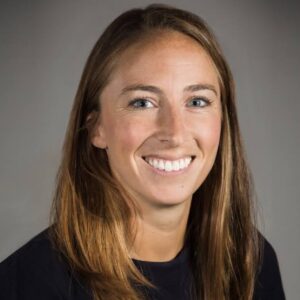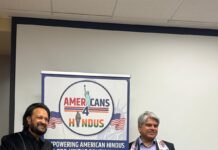K-12 students return to school this month, amid a list of challenges. One of the biggest challenges is teacher shortages. 233,000 teachers left the profession during the Covid-19 pandemic, and have not returned. 41 states say they will be short of teachers particularly in STEM education as the school year begins.
Students also face gaps in learning, exacerbated by the pandemic. Children lost about 1/3 of the learning they would have received during the normal year, resulting in much lower-test scores, especially in low-income districts.

Finally, students face an increasingly polarized environment, as parents andpoliticians attempt to reshape curriculum and school libraries. EMS speakers at the briefing on Aug 18 discussed these challenges, among others.
Dr. Shaun Harper, Provost Professor at the University of Southern California Rossier School of Education and the USC Marshall School of Business pointed out that these policies are flawed in logic, and that nearly 80% of K-12 teachers are white women, and it is unfair to blame them for politicization. Harper also called for understanding the actual situation in the school from the perspective of students. Besides school curriculum, multicultural education and training are equally important, he said.

Kasey Meehan, Freedom to Read Program Director at PEN America was concerned with bringing together diverse perspectives and ideas and upholding free speech in school settings. She mentioned the “ED Scare” movement, which was originally motivated to stop the spread of certain views and ideas in educational institutions.
The movement focuses on institutions that rely on authoritarian methods to operate, such as public schools, libraries, and institutions of higher education. Meehan believes that addressing this issue will require a multi-faceted effort to protect freedom to read and to be a voice in schools and communities.

Dr. Tuan Nguyen, assistant professor in the College of Education at Kansas State University is concerned about teacher shortages. He pointed out that teachers are a key factor in the learning process of students, yet there has been a serious shortage of teachers in recent years.
States have lowered requirements for teachers and substitute teachers, even using retired teachers, administrators and the National Guard to fill positions. He and his team created the “Teacher Rush” website, which displays data on teacher vacancies by state. He emphasized that addressing the teacher shortage required targeted policy interventions and changing perceptions of the teaching profession.
Vidya Sethuraman
India Post News Service






